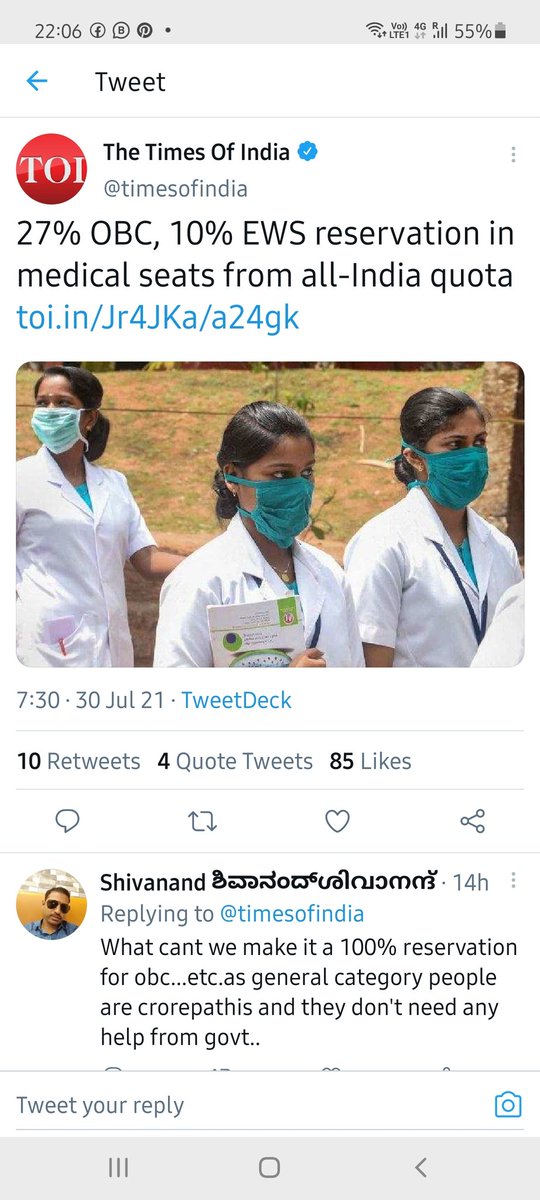
In the previous tweet That was all about the zinc from the ore in Ancient India.
Now let's talk about Rust free Iron pillars/beams which are approx 1000-2600 year old and even today rust free.
Its amazing and wonder in the field of metallurgy.
Iron gets easily oxidized

Now let's talk about Rust free Iron pillars/beams which are approx 1000-2600 year old and even today rust free.
Its amazing and wonder in the field of metallurgy.
Iron gets easily oxidized
https://twitter.com/The_Pinakee/status/1420440694863196161


This pillar has 3 stanza six line Sanskrit brahmi Inscription which says this is Set up by chandra gupta vikaramaditya (375 AD - 414 AD)
This is 7 feet long and till now it is rust free Even delhi is the most populated area in India.
This is in Qutub complex now.

This is 7 feet long and till now it is rust free Even delhi is the most populated area in India.
This is in Qutub complex now.


In Dhar,M.P. From 1000 AD
Here is a temple Lateshwara mandala specifically it is for Lord shiva
Lateshwara means Lord of pillars,
pillar is in the shape of Shivlinga with trishul mounted on top. Its total length was around 15 meter 2 time of delhi and still rust free.
Here is a temple Lateshwara mandala specifically it is for Lord shiva
Lateshwara means Lord of pillars,
pillar is in the shape of Shivlinga with trishul mounted on top. Its total length was around 15 meter 2 time of delhi and still rust free.

Above Lateshwara temple was established by king Bhoj is largest non corrosive iron pillar in the world in 1000-1055 AD.
It is 15 M in height and 7 MT in weight in 3 parts.
It is 15 M in height and 7 MT in weight in 3 parts.
History of lateshwara temple--
Dhar was conquered by Allaudin Khilji in 14th CE. After which Lateshwara Temple was converted into Lat Mosque. The pillar was erected infront of that mosque.. A small top portion was sent to Mandu & erected infront of the Jami mosque there.
Dhar was conquered by Allaudin Khilji in 14th CE. After which Lateshwara Temple was converted into Lat Mosque. The pillar was erected infront of that mosque.. A small top portion was sent to Mandu & erected infront of the Jami mosque there.
In 1531 Bahadur Shah - Sultan of Gujarat attacked and wished to carry the Iron pillar from Dhar to Gujarat. However while digging out the pillar, it fell down & broke into pieces. So he abandoned his plan.
Later on Jahangir wished to carry it to Agrato plant it as a lamp post infront of the tomb of Akbar But somehow it never happened.piece which sent to Mandu, it has been identified by same with the iron pillar known as Khilji's spear which stands in the Jami mosque of Mandu. 

Konark temple Iron beams are also in the same category which are still rust free till now from 1300 to till now.
India was once the master of metalurgy from iron,zinc to gold and the biggest gift of India to world is wootz steel known as wonder material of the orient.
India was once the master of metalurgy from iron,zinc to gold and the biggest gift of India to world is wootz steel known as wonder material of the orient.

The world famous Damascus swords were made of Wootz steel and these were considered to be the most prized possessions and gift items (certainly more precious than gold and silver) by the aristocracy.
There is no evidence to show that any of the nations of antiquity besides the Indians were acquainted with the art of making steel. The word Wootz is a distortion of the Kannada-Telugu word Ukku, for steel.
• • •
Missing some Tweet in this thread? You can try to
force a refresh










